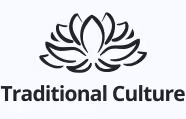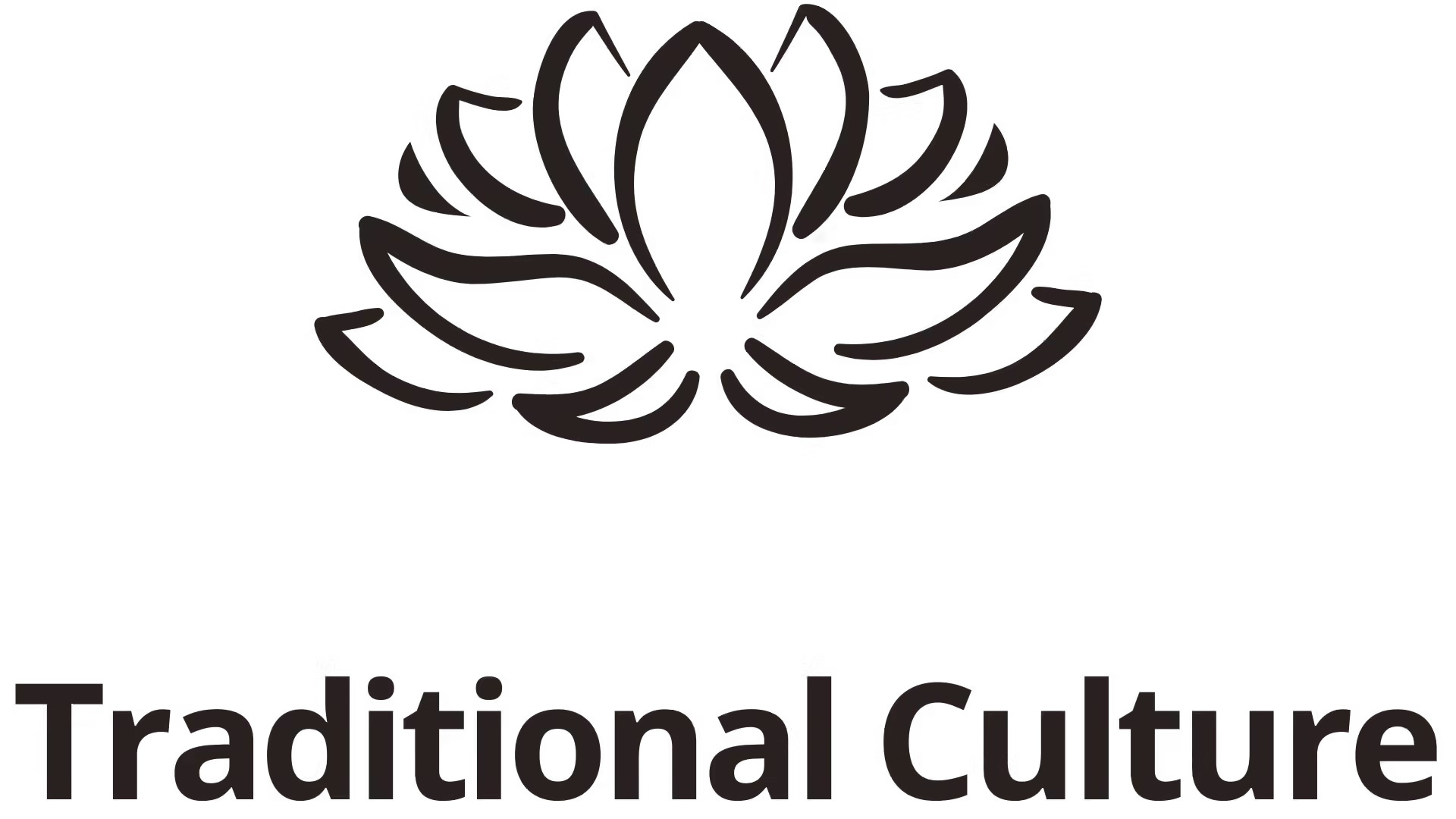The Bulgarian national costume is a vibrant expression of the nation’s rich cultural heritage, intricately woven with history and tradition. It serves not only as clothing but also as a powerful emblem of identity and social standing, reflecting the lifestyle and values of Bulgarian people throughout generations.
Historical Significance of Bulgarian National Costume
Understanding the Bulgarian national costume requires delving into its historical roots that have shaped its current forms. This section explores the evolution of these traditional garments, their symbolic meanings, and the role they play in Bulgarian society today.
Origins and Evolution
The history of Bulgarian national costumes dates back to the early Slavic tribes and has been influenced by various cultures over centuries, including Byzantine, Ottoman, and Thracian elements.
During the early days, garments were simple and practical, made from local materials. As time progressed, the influence of the Byzantine Empire introduced more elaborate fabrics and ornamentation.
This blending of styles created a unique tapestry of clothing that reflects the geographical diversity of Bulgaria, where different regions developed distinct patterns, colors, and designs that remain significant today.
Symbolism Embedded in Patterns and Colors

Each detail in the Bulgarian national costume carries meaning. The intricate embroidery often seen on these garments tells stories of the wearer’s family, profession, and regional background.
For instance, certain colors may symbolize fertility or protection, while specific patterns could denote social status. This rich symbolism highlights how clothing goes beyond mere aesthetics; it encapsulates personal and collective narratives.
Moreover, the process of creating these costumes is itself an art form passed down through generations, showcasing the dexterity and creativity of Bulgarian artisans.
The Role of National Costume in Festivals and Celebrations

In contemporary Bulgaria, the national costume takes center stage during festivals, weddings, and other significant celebrations. These occasions allow communities to come together, proudly displaying their heritage and fostering a sense of national pride.
Events such as the Nestinarstvo ritual (fire dancing) or the Kalofer Horo (a traditional dance) showcase how traditional attire enhances the cultural experience. The bold colors and intricate designs energize the atmosphere, providing a striking backdrop for communal festivities.
The presence of the Bulgarian national costume at such events reinforces its role as a living tradition, bridging the past with the present and ensuring that future generations remain connected to their roots.
Design and Structure of Bulgarian National Costume

The design of the Bulgarian national costume varies significantly between genders and regions, showcasing the artistic flair and practical needs of the people.
Male Costumes – Practicality Meets Tradition
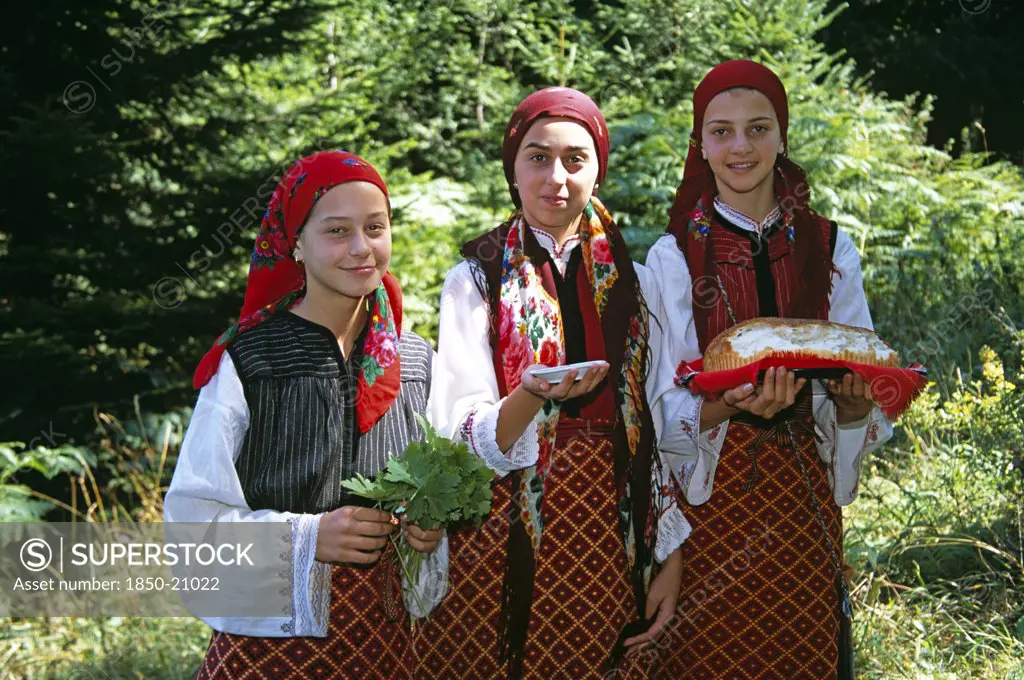
Male costumes typically consist of trousers, shirts, vests, and belts, adorned with embroidered elements that represent local craftsmanship.
The choice of materials is often aligned with the seasons, using heavier fabrics for winter and lighter options for summer. This consideration of functionality reveals an inherent understanding of the environment and climate, intertwined with tradition.
Additionally, men often wear hats that vary by region, further distinguishing their attire. These accessories are not simply decorative but hold cultural significance, representing community ties and regional pride.
Female Costumes – Elegance and Complexity
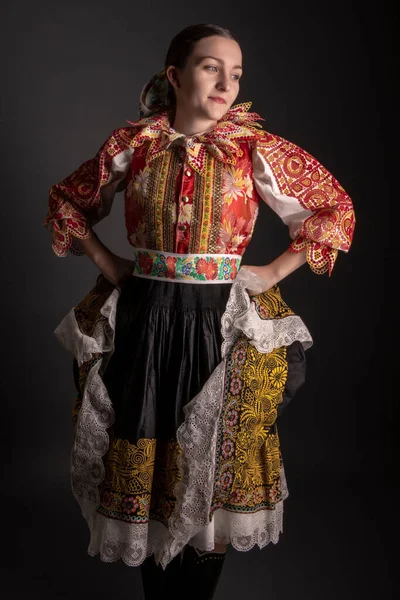
In contrast, women’s costumes are characterized by dresses and aprons that boast vivid colors and elaborate embroidery. The components of a female outfit often include:
- A long dress
- An apron
- A shawl or headscarf
These layers reflect both the aesthetic sensibilities and social norms of femininity in Bulgarian culture.
The addition of intricate embroidery can signify marital status, with unmarried women often wearing specific motifs that differ from those worn by married women.
Regional Variations – A Mosaic of Culture
Bulgaria’s diverse geography contributes to the vast array of national costumes, each telling a different story. For example, the costumes of Thrace differ markedly from those of the Rhodope Mountains, both in design and color palette.
This regional differentiation fosters a sense of identity among Bulgarians, as individuals take pride in their local traditions, showcasing their unique beauty while contributing to the collective national heritage.
The interplay between various styles across regions makes the Bulgarian national costume a mosaic of culture, reflecting the unity and diversity inherent in Bulgarian society.
Craftsmanship and Artistry Behind Bulgarian National Costume
The creation of the Bulgarian national costume is an intricate process that embodies artistry, skill, and cultural knowledge passed down through generations.
The Importance of Handicrafts
Craftsmanship plays a pivotal role in the production of these traditional garments. Many artisans dedicate their lives to mastering skills such as weaving, embroidery, and sewing, preserving techniques that have stood the test of time.
Handmade garments carry stories and emotions, as each stitch and pattern reflects the artisan’s dedication to their craft. This connection to handicrafts elevates the Bulgarian national costume beyond mere clothing, transforming it into a cherished artwork.
The Art of Embroidery – A Language of Its Own

Embroidery is one of the most defining characteristics of the Bulgarian national costume. Each region boasts its own distinctive motifs and techniques.
For example, floral patterns may dominate in some areas, while geometric shapes are prevalent in others. The choice of stitches, colors, and arrangements creates a visual language that communicates identity, beliefs, and aspirations.
Women often engage in embroidery as part of communal gatherings, allowing them to share stories and foster relationships while simultaneously preserving their heritage.
Sustainable Practices in Crafting Costumes
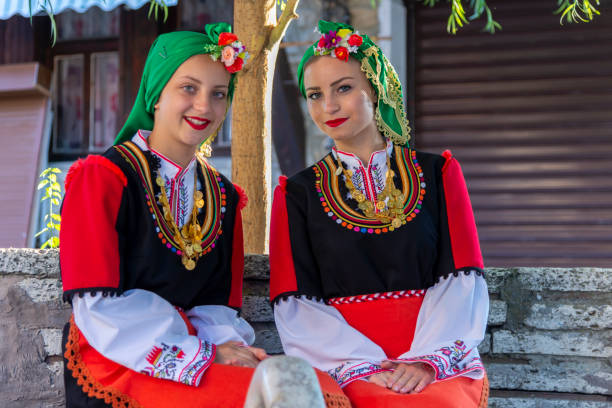
In recent years, there has been a growing awareness of sustainable practices within the realm of traditional costume-making. Artisans are increasingly turning towards natural dyes and locally sourced materials, emphasizing eco-friendly processes.
This shift reflects a wider global movement towards sustainability, aligning with the desires of modern consumers who seek authenticity and ethical considerations in their purchases.
By innovating within traditional frameworks, artisans ensure that the Bulgarian national costume remains relevant in contemporary society while honoring its rich history.
The Role of Bulgarian National Costume in Contemporary Society
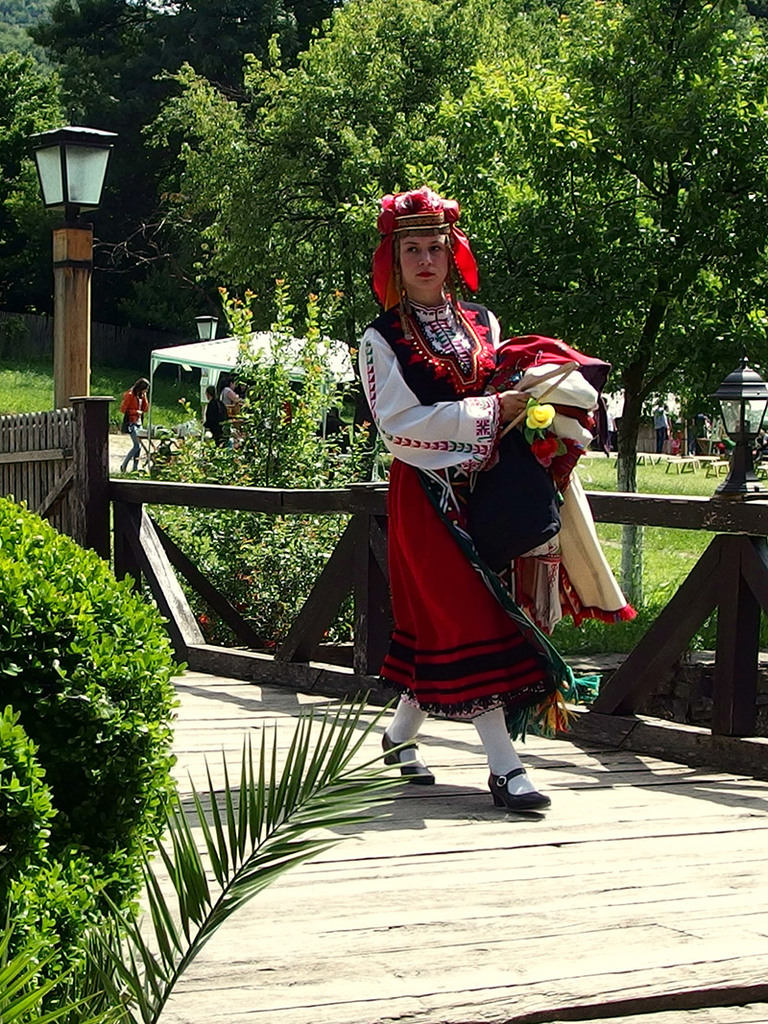
While the Bulgarian national costume holds deep historical significance, it also plays a vital role in contemporary Bulgarian society, shaping identities and promoting cultural exchange.
A Source of National Pride
Bulgarians often express their national pride through their traditional costumes, especially during national holidays and commemorative events.
Wearing the Bulgarian national costume becomes an act of homage to ancestors, reinforcing cultural continuity and inspiring younger generations to appreciate their heritage.
This pride manifests in various forms, from participation in cultural festivals to teaching children about the importance of traditional attire, fostering a sense of belonging and identity.
Cultural Exchange and Global Awareness

As globalization continues to blur cultural boundaries, the Bulgarian national costume has found its place on international stages.
Cultural presentations, festivals, and dance performances featuring traditional costumes allow Bulgarians to share their heritage with the world. These exchanges foster understanding, curiosity, and appreciation for diversity.
Furthermore, the visibility of the Bulgarian national costume in global contexts encourages tourism, drawing visitors interested in experiencing the beauty of Bulgarian culture firsthand.
Revitalization and Modern Adaptations
In response to changing fashion trends and societal norms, many designers are reinterpreting the Bulgarian national costume for contemporary audiences.
These adaptations maintain traditional elements while incorporating modern aesthetics, making them appealing to a broader demographic.
Such innovations invite new interpretations of cultural identity, allowing younger generations to connect with their roots in ways that resonate with their lifestyles and preferences.
Conclusion

The Bulgarian national costume stands as a testament to the country’s rich heritage, embodying centuries of history, artistry, and cultural pride. As we navigate the complexities of modern life, these traditional garments serve as a reminder of our roots and the stories that shape our identities.
Through understanding the significance of the Bulgarian national costume, we gain insight into the values and aspirations of the Bulgarian people, enriching our appreciation for the beautiful tapestry of human culture.
✉️ Stay Connected — Subscribe for Weekly Updates
Discover timeless stories, practical wisdom, and beautiful culture — delivered straight to your inbox.
*We only share valuable insights — no spam, ever.

